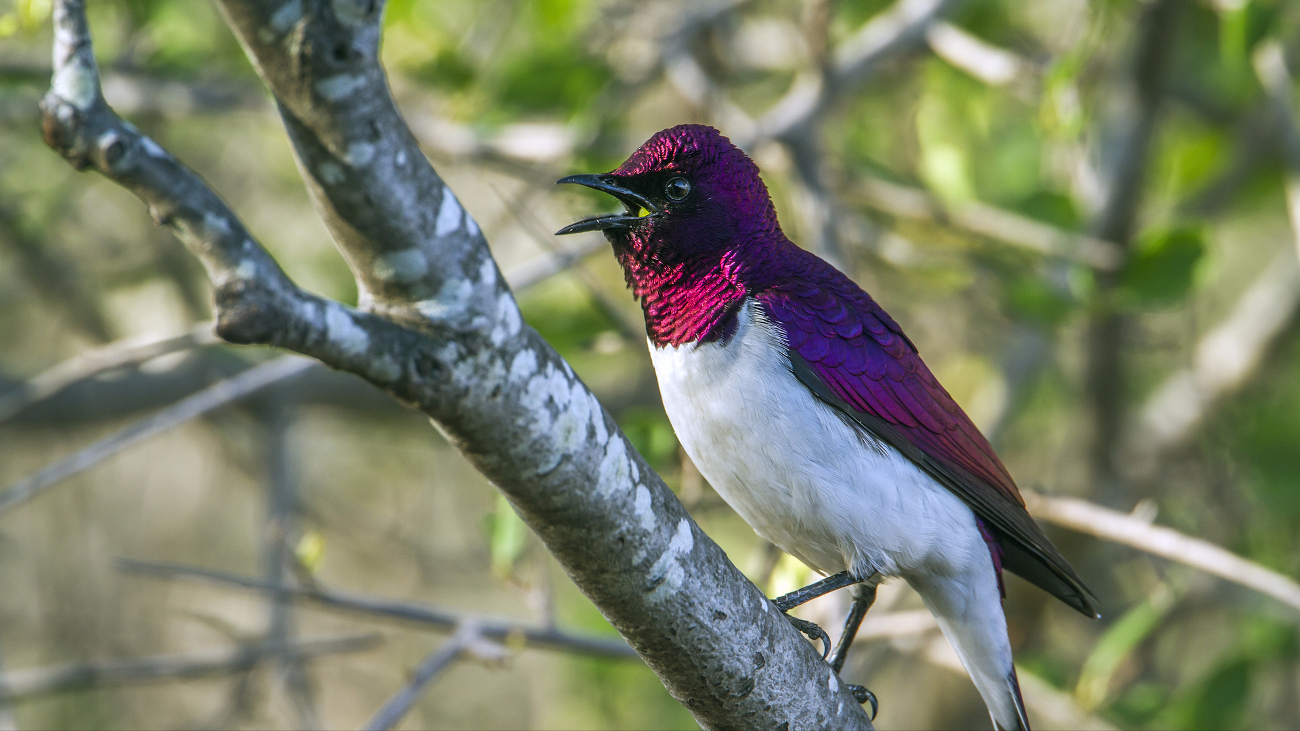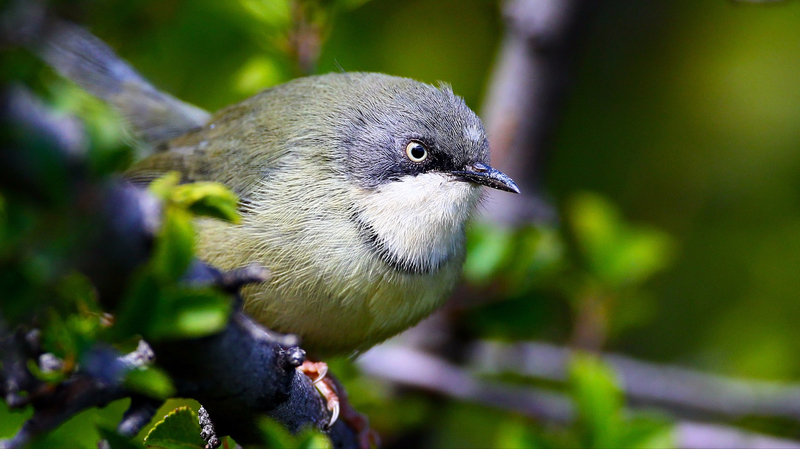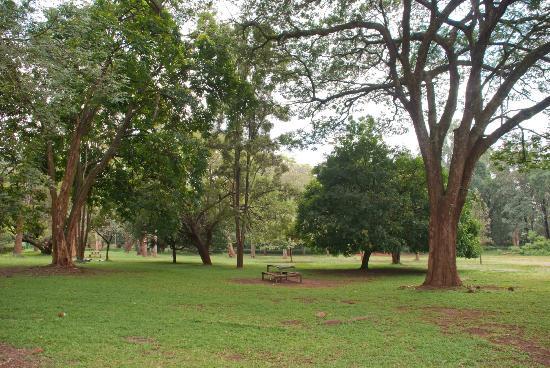Nature Kenya—the East Africa Natural History Society (EANHS)—is Africa’s oldest environmental Society. It was established in 1909 to promote the study and conservation of nature in eastern Africa. Nature Kenya implements these aims through the mission “connecting nature and people to take action for biodiversity conservation.
Nature Kenya strives to:
- Enhance knowledge of Kenya’s biodiversity
- Promote conservation of key species, sites, and habitats
- Encourage community participation in conservation through promotion of sustainable benefits
- Advocate policies favorable to biodiversity conservation
- Enhancing knowledge of Kenya’s biodiversity.
The first members of the East Africa Natural History Society collected and identified specimens. They founded a museum to house the collections and educate the public. This museum was later transferred to the government of Kenya, eventually becoming the famous National Museums of Kenya. In 1910, the members of the East Africa Natural History
Society also founded a scientific journal. This journal is still published today, in collaboration with the National Museums of Kenya, as the Journal of East African Natural History. It is available both in print and online.
Nature Kenya members today continue their active interest in natural history by joining working groups such as the Bird Committee. They take part in monitoring surveys and produce lists of plants, insects, birds and other living things. They publish an ornithological journal, books, articles, DVDs and photographs. They lead outings and share information.
Nature Kenya staff also manage a conservation programme. To maximize impact with limited resources, Nature Kenya has focused on Important Bird Areas (IBAs) – places that are most important for the conservation of birds. IBAs also protect other living things; as they are expanded to include sites important for the conservation of mammals, plants, and so on, they are becoming known as Key Biodiversity Areas (KBAs)- promoting conservation of key species, sites, and habitats.
To meet challenges of protecting sites of critical biodiversity value, Nature Kenya strives to: Promote sustainable benefits and incentives through nature-based enterprises such as beekeeping, butterfly farming,mushroom and aloe farming, ecotourism, bird guiding, tree seedlings for business and forest restoration, and energy saving technologies such as solar cookers and food warmers. Over 4000 beehives distributed across the sites have potential to earn local people Ksh 24,000,000 annually. Butterfly farming in Arabuko-Sokoke Forest alone has earned eight million Kenya shillings annually shared among 450 participating households, improving their household income by 40-50 %. Trees have been planted in people’s farms and when ready for sale in the next four years the communities in Arabuko-Sokoke Forest alone are expected to earn some Ksh 90,000,000 overall
Monitor and report on the state, pressure and response in Important Bird Areas, based on routine monitoring coordinated by Nature Kenya and the National Museums of Kenya. While a lot of work has been done and there are some good results in places, the findings of the monitoring show that the state of biodiversity is deteriorating and pressures are mounting despite responses to protect biodiversity. The results suggest that much more work is needed to reverse the current downward trend in biodiversity loss.
Advocate for protection of Important Bird Areas and Key Biodiversity Areas.
Advocacy objectives include:
- Passage of appropriate policies and their implementation
- National recognition of IBAs and KBAs and promoting their joint management
- Expansion of the protected areas network
- Development that takes into account the full value of natural resources and biodiversity; and sound climate change mitigation.
Cooperate with Government, the private sector and local communities to inform and educate the public, build the capacity of local environmental groups, publish relevant books, brochures, posters and other materials, and meet international reporting obligations to the Convention on Biological Diversity and other global agreements.
-
Last chance to save the Taita Apalis from extinction
Taita Hills forests hold exceptional concentrations of endemic species due to their unique location and climatic conditions. Despite their clear biological value, forests in the area have been devastated by decades of deforestation. Ninety eight percent...
-
Nairobi Arboretum
An arboretum is a place holding living collection of plants for the purposes of scientific research, conservation, display and education (Wyse Jackson 1999). Nairobi Arboretum is a 30.4 hectares of wooded landscape, an oasis close to the heart of the city situated in the Kilimani area, about 3 km from city centre and adjacent to the State House. It is bounded by the Kirichwa Kubwa River, Arboretum Drive and Kenya Girl Guide Headquarters. It is one of Nairobi’s few remaining green spaces, It has shaded walkways, picnic lawns and jogging trails. The Arboretum was established in 1907 by Mr. Batiscombe, then Deputy Conservator of Forests, to try out introduced forestry...


